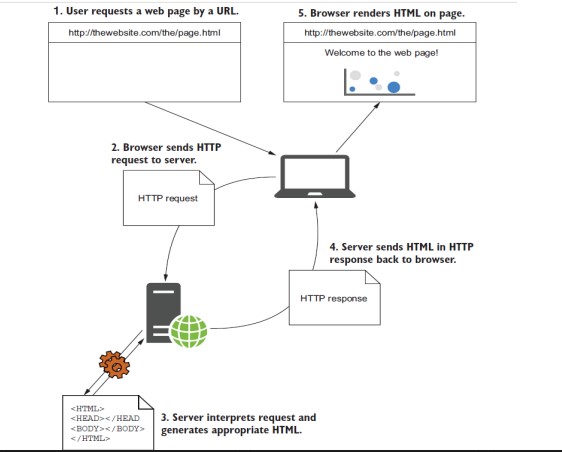How does an HTTP web request work?
How does an HTTP web request work
- The user starts by requesting a web page, which causes an HTTP request to be sent to the server. The server interprets the request, generates the necessary HTML, and sends it back in an HTTP response. The browser can then display the web page.
- Once the server receives the request, it will check that it makes sense, and if it does, will generate an HTTP response. Depending on the request, this response could be a web page, an image, a JavaScript file, or a simple acknowledgment.
- As soon as the user’s browser begins receiving the HTTP response, it can start displaying content on the screen, but the HTML page may also reference other pages and links on the server.




Comments
Post a Comment